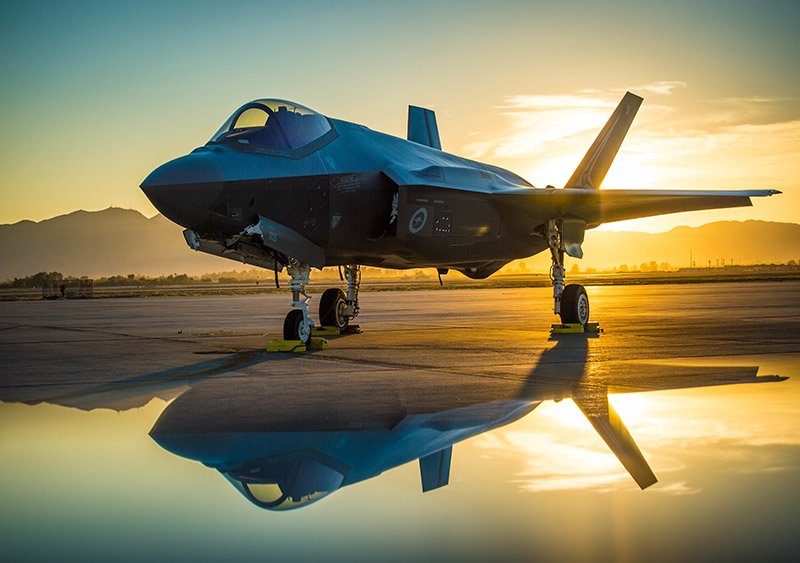SOURCE: AFI

India’s quest for a 5th-generation fighter aircraft has been a topic of intense debate and speculation for years. While the F-35 initially appeared to be a promising option, its acquisition has been ruled out due to India’s possession of the Russian S-400 surface-to-air missile system.
According to veteran journalist Vishnu Som, the F-35’s current price tag of $82.5 million per unit, while lower than the Rafale’s average price of $101 million, is still a significant investment. The Su-57, another contender, has faced its own challenges, with slow production rates and the ongoing development of its AL-51 F1 engine.
The South Korean KF-21 Boramae, still under development, is not considered a true 5th-generation fighter. While it offers some stealth capabilities, it falls short of the advanced features found in platforms like the F-22, B-2, and the retired F-117.
Given these constraints, India may need to consider more pragmatic options. The AMCA, India’s indigenous 5th-generation fighter, is a promising development but faces its own challenges and potential delays. As a contingency plan, it is essential for India to have alternative fighters in service to bridge any gaps that may arise.
In conclusion, India’s search for a 5th-generation fighter is a complex endeavor with no easy answers. While the ideal solution may be a fully indigenous platform like the AMCA, the country must also explore viable alternatives to ensure its long-term defense needs are met.